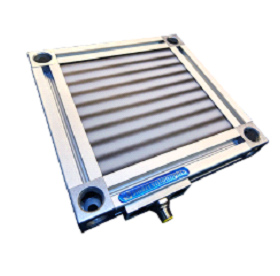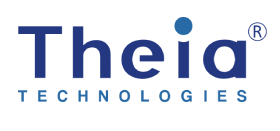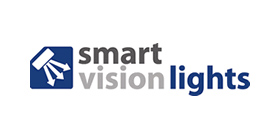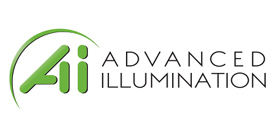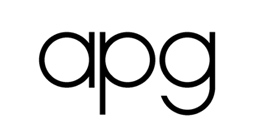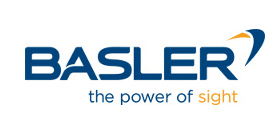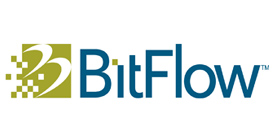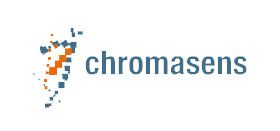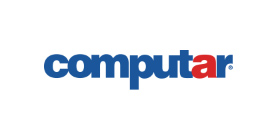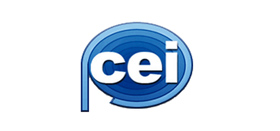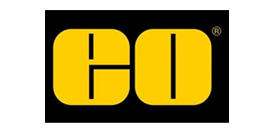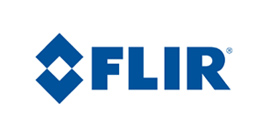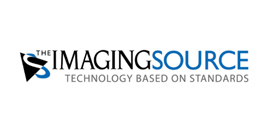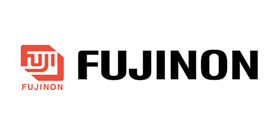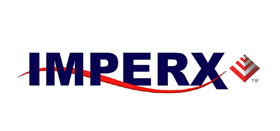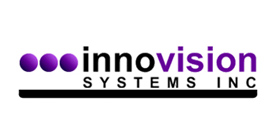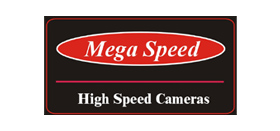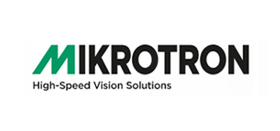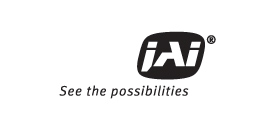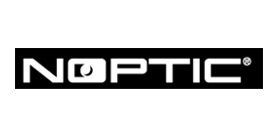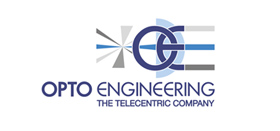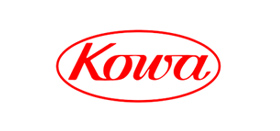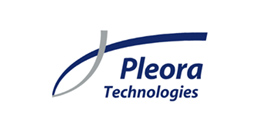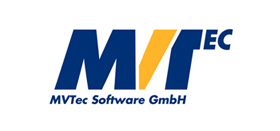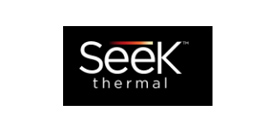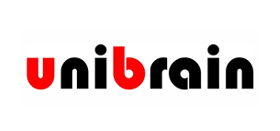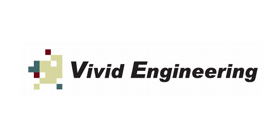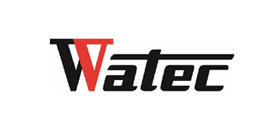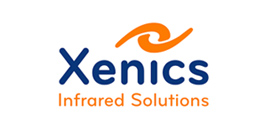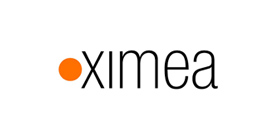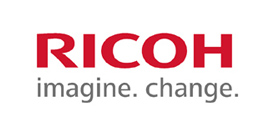Patterned Area Lighting
Patterned Area Lighting (PAL), an optical option for backlights and front lights, is used when inspecting for defects on uneven, highly reflective, and transparent or semitransparent surfaces that would be difficult to detect using standard lighting methods.
Isolating flaws in a single image acquisition, PAL shows small defects reflecting off the surface in an equal but opposite angle. By looking at how the reflected image is distorted, users can also detect surface deformations by revealing surface form. Prior to PAL, this process would have required multiple lights, cameras, and additional inspection time.
PAL is available on SVL backlights (LLPX, SOBL, MOBL, and ODMOBL), DLP series of diffuse ring light panels, and LLPX-H diffuse large light panel. Applications ideal for PAL include identifying imperfections in paint; ding or dent detection on curved, highly polished metal surfaces; and finding scratches on glass bottles. Standard and custom printed pattern options are available, including checkerboard, grid, gradient lines, and circles.
Phase Measuring Deflectometry
Phase Measuring Deflectometry is the process of reflecting a pattern onto a specular or transparent surface and capturing an image of the reflection. The resulting image captured from the reflection will be distorted by surface shape variations or defects. Distortions are caused by a phase shift in the reflection angle of the pattern image. Based on simple mathematical relations of light reflection and surface shape, software algorithms can be used to determine shape characteristics and locate small defects. The amount of phase shift will be determined by the divergence of the object surface.
Reflective (Specular) Surfaces
Detecting defects in high or semi-glossy surfaces can be a real challenge. In the example below, a MOBL white backlight with PAL featuring a gradient line pattern was set up to allow the light to be reflected off a highly glossed painted metal surface. Scratches in the painted metal surface clearly stand out. Note with the gray areas of the gradient pattern bring out light scratches. The stamped letters on the object are also easily visible.
Transparent Surfaces
When used as a transmission light source, PAL will act like a backlight but with the addition of high-contrast patterns that help find subtle variations and defects in transparent objects, such as a clear glass bottle. Transparent objects cause variations in the light path as the pattern refracts through the object, and small flaws show up in high contrast to the background pattern. The images below show a clear glass bottle that has a small flaw in the glass. Using PAL, the defect stand out (left). When a digital spatial filter (right) is applied to the image, spotting the flaws using a machine vision system is easily done.


